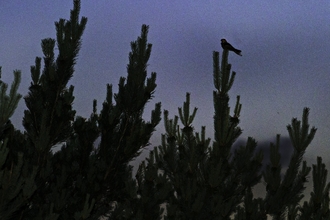
Things that go churr in the dark
Birdwatcher Tom Hibbert explores the enigmatic world of the nightjar.
Credit: Kate English
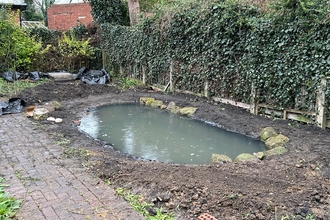
It is said that if you want to attract wildlife to your garden there is no better way then introducing freshwater. Reserves Officer, Paul Rodgers, shares his journey of building a garden pond.

Struggling with irritability, sleepless nights and mental exhaustion? Joanna Foat explores how small, daily moments in nature through 30 Days Wild can help you to feel more yourself again.
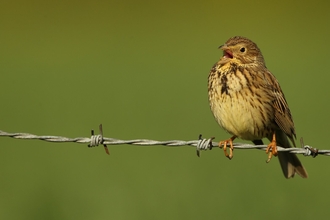
There is a huge amount riding on the Government’s spending review due out in June. Many departments are having their budgets slashed. What if the Defra farm budget - much of which is paying a…

'Feel Good Thursdays' formed part of the Links with Nature project. The programme aimed to reconnect those in the Coalfield with local greenspaces. This blog, by Conservation Trainee…
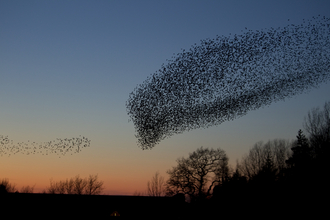
Eco-anxiety is reported as becoming a growing issue for people as they face the climate crisis and ecological emergency. Durham Wildlife Trust Conservation Trainee, Mollie, and I (Conservation…
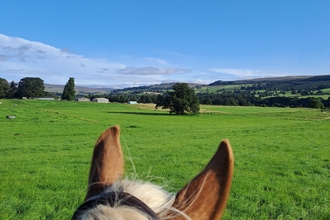
Take a mindful hack through nature, with Siân Whitehead, Delivery Manager for Northumbrian Water’s Bluespaces programme and her four-hooved companion, Isha.

Explore and enjoy the outdoors this 30 Days Wild by trying a sensory adventure
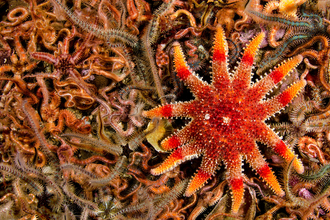
Ruth Williams, head of marine conservation, explains why saving our seas is key to saving our world
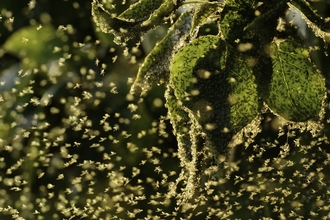
What has brought about the recent deluge of greenfly? To find that out it is worth getting to know a little bit more about our little green friends, in this blog by Head of Conservation, Mark…